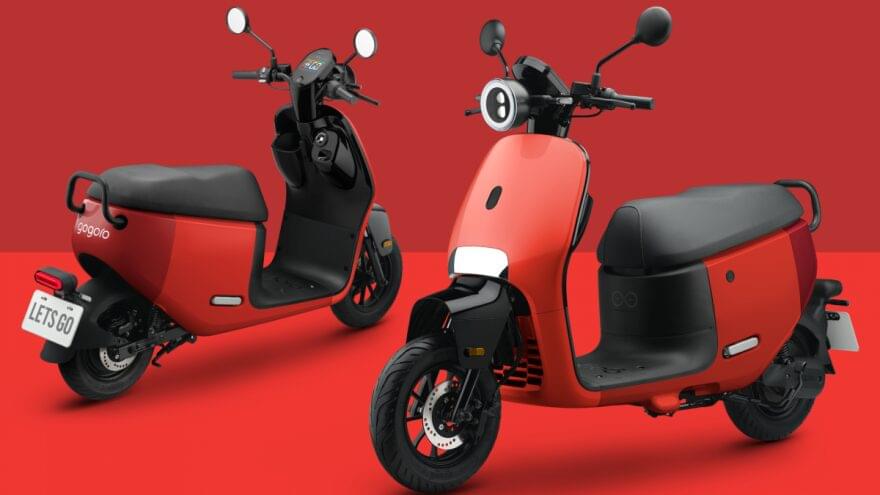The Rise of Electric Two-Wheelers and Micro-Mobility in the USA and Canada
wordpress-Default June 26, 2024 0 COMMENTS
Electric two-wheelers and micro-mobility solutions are revolutionizing urban transportation in the USA and Canada. As cities grapple with traffic congestion, air pollution, and the need for sustainable mobility options, electric scooters, bikes, and other micro-mobility vehicles are emerging as popular, efficient, and environmentally friendly alternatives.
The Evolution of Micro-Mobility
Micro-mobility refers to a range of small, lightweight vehicles operating at speeds typically below 25 km/h (15.5 mph) and ideal for short trips. This category includes electric scooters (e-scooters), electric bikes (e-bikes), and other compact electric vehicles. The concept of micro-mobility has gained traction due to several converging factors:
- Urbanization: Increasing urban populations are straining traditional transportation systems. Micro-mobility offers a flexible solution to navigate crowded city streets.
- Environmental Concerns: Electric two-wheelers produce zero emissions at the point of use, contributing to cleaner air and reduced greenhouse gas emissions.
- Technological Advances: Improvements in battery technology, lightweight materials, and digital connectivity have made electric two-wheelers more viable and appealing.
- Convenience and Cost: Micro-mobility solutions are often more affordable and convenient for short trips compared to cars or public transit.
Growth of Electric Two-Wheelers in North America
The adoption of electric two-wheelers has been particularly notable in major cities across the USA and Canada. Companies like Lime, Bird, and Spin have deployed fleets of shared e-scooters in urban areas, while e-bike sharing programs have also gained popularity.
United States
In the USA, cities like Los Angeles, San Francisco, and Austin have embraced e-scooters and e-bikes as part of their transportation ecosystems. These cities have implemented regulations and infrastructure to support micro-mobility, including designated parking zones, dedicated bike lanes, and safety guidelines.
Los Angeles, for instance, has created an extensive network of bike lanes and designated e-scooter parking areas. The city has also introduced safety measures, such as speed limits and helmet requirements, to ensure the safe integration of micro-mobility into urban traffic.
Canada
In Canada, cities like Toronto, Montreal, and Vancouver are leading the charge in adopting electric two-wheelers. Toronto’s bike-sharing program, Bike Share Toronto, has integrated e-bikes into its fleet, providing residents and tourists with an efficient and eco-friendly mode of transportation.
Montreal, known for its extensive cycling infrastructure, has seen a significant increase in the use of e-bikes. The city’s public bike-sharing system, BIXI, introduced electric bikes to enhance the convenience and accessibility of cycling, especially in hilly areas.
Benefits of Electric Two-Wheelers and Micro-Mobility
The rise of electric two-wheelers and micro-mobility offers numerous benefits to individuals, cities, and the environment.
- Reduced Traffic Congestion: By offering an alternative to cars for short trips, e-scooters and e-bikes help alleviate traffic congestion, leading to smoother and faster commutes.
- Environmental Impact: Electric two-wheelers produce no tailpipe emissions, significantly reducing the carbon footprint of urban transportation. They also consume less energy compared to traditional vehicles.
- Cost Savings: Micro-mobility solutions are often cheaper than car ownership or rideshare services. Users can save on fuel, parking, and maintenance costs.
- Health Benefits: E-bikes encourage physical activity, promoting a healthier lifestyle. Even with electric assistance, users still engage in moderate exercise, improving cardiovascular health and overall fitness.
- Accessibility: Electric two-wheelers provide an accessible transportation option for people who may have difficulty using traditional bikes or walking long distances. They can be particularly beneficial for seniors and individuals with mobility challenges.
- Flexibility: Micro-mobility solutions offer flexibility in trip planning. Users can easily navigate through traffic, take shortcuts, and park closer to their destinations.
Challenges and Solutions
Despite their benefits, the adoption of electric two-wheelers and micro-mobility faces several challenges that need to be addressed to ensure their long-term success and integration into urban transportation systems.
- Safety Concerns: The safety of e-scooter and e-bike riders is a primary concern. Accidents involving these vehicles have raised questions about rider behavior, infrastructure, and regulations. Cities need to implement safety measures, such as dedicated bike lanes, proper lighting, and education campaigns to promote responsible riding.
- Infrastructure Development: The lack of adequate infrastructure, such as bike lanes and parking facilities, can hinder the adoption of micro-mobility solutions. Investment in infrastructure is crucial to create a safe and convenient environment for riders.
- Regulatory Issues: The regulatory landscape for micro-mobility is still evolving. Clear and consistent regulations are needed to address issues such as vehicle speed limits, helmet requirements, and rider behavior. Collaboration between municipalities, micro-mobility companies, and stakeholders is essential to develop effective policies.
- Environmental Impact of Batteries: While electric two-wheelers produce no emissions, the environmental impact of battery production and disposal is a concern. Advances in battery technology, recycling programs, and sustainable manufacturing practices are needed to mitigate these impacts.
- Equity and Accessibility: Ensuring that micro-mobility solutions are accessible to all segments of the population, including low-income communities, is vital. Subsidies, equitable distribution of vehicles, and inclusive planning can help address this issue.
Future Prospects
The future of electric two-wheelers and micro-mobility in the USA and Canada looks promising, with several trends and developments shaping their growth.
- Technological Innovations: Continued advancements in battery technology, vehicle design, and connectivity will enhance the performance, range, and user experience of electric two-wheelers. Smart features, such as GPS tracking, mobile app integration, and real-time data analytics, will further improve convenience and safety.
- Integration with Public Transit: Integrating micro-mobility solutions with public transit systems can create a seamless and efficient transportation network. Multi-modal transportation hubs, where users can switch between e-scooters, e-bikes, buses, and trains, will enhance connectivity and convenience.
- Sustainable Urban Planning: Cities are increasingly prioritizing sustainable urban planning to reduce reliance on cars and promote active transportation. This includes developing bike-friendly infrastructure, pedestrian zones, and mixed-use developments that encourage walking and cycling.
- Corporate Adoption: Businesses are recognizing the benefits of micro-mobility for employee commuting and last-mile delivery. Corporate partnerships with micro-mobility companies can provide employees with convenient and eco-friendly transportation options, while also reducing traffic congestion and parking demands.
Electric two-wheelers and micro-mobility are transforming urban transportation in the USA and Canada. As cities strive to become more sustainable, efficient, and livable, these innovative solutions offer a compelling alternative to traditional modes of transport. By addressing challenges, investing in infrastructure, and fostering a culture of responsible riding, cities can unlock the full potential of micro-mobility, creating a cleaner, healthier, and more connected urban environment for all.








